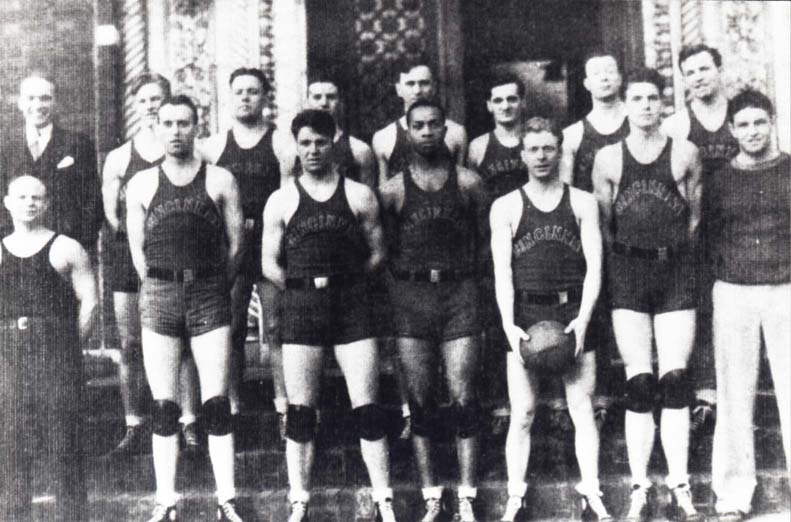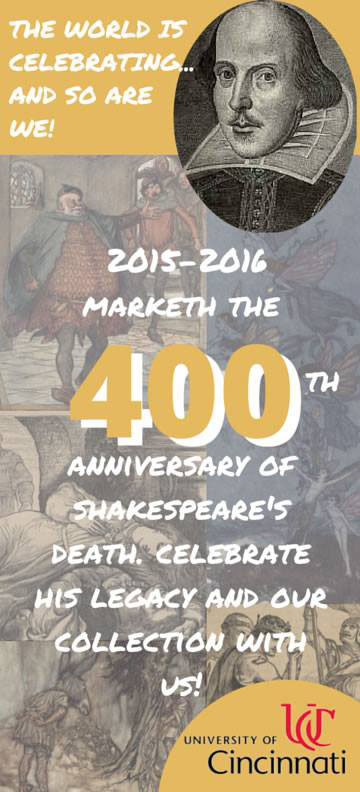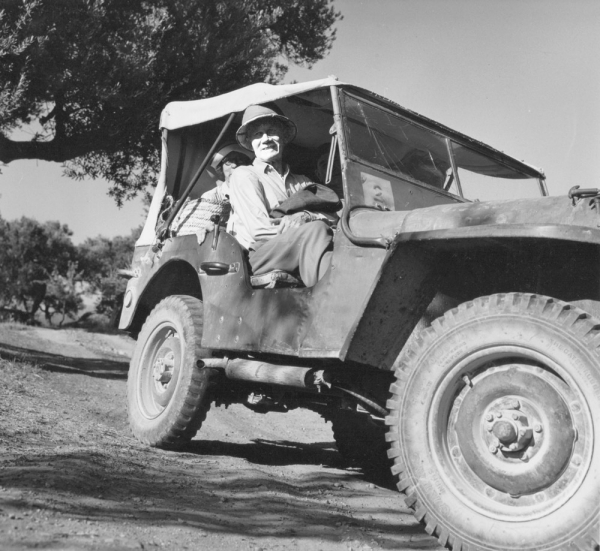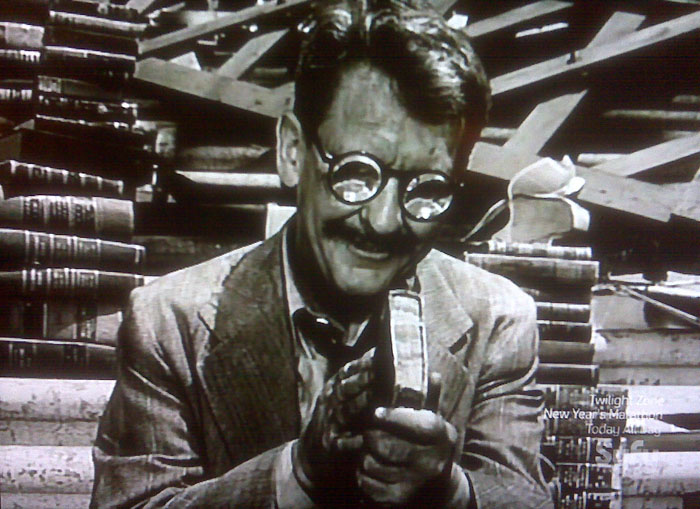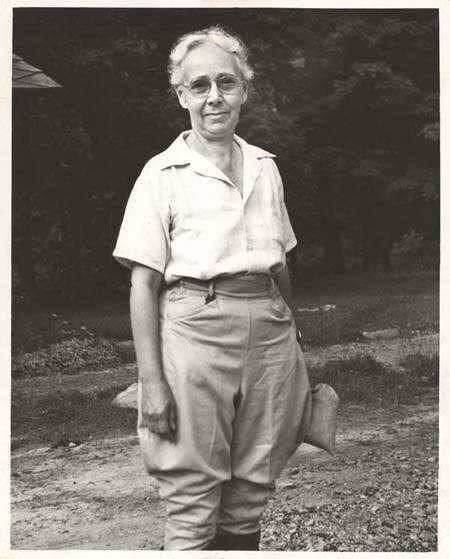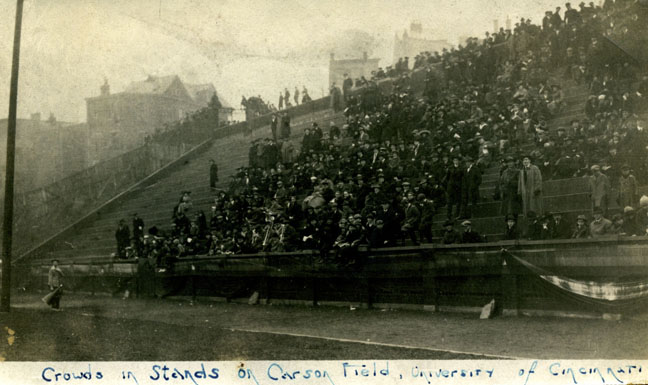By: Kevin Grace
It is February again, a month notable for honoring presidents and for looking forward to spring. February is also a time when we reflect on the heritage of African Americans in the United States and take time to acknowledge that part of our nation’s history.
Depending on the media, we also term February as Black History Month, and it had its beginnings in 1926 when “Negro History Week” was created by historian Carter G. Woodson. Woodson’s intent was to celebrate it in February because both Abraham Lincoln and Frederick Douglass had their birthdays in this month., and as he stated, “If a race has no history, it has no worthwhile tradition, it becomes a negligible factor in the thought of the world, and it stands in danger of being exterminated.” Continue reading

